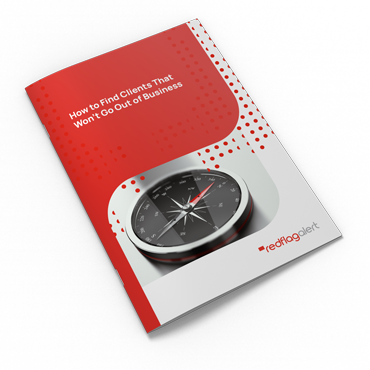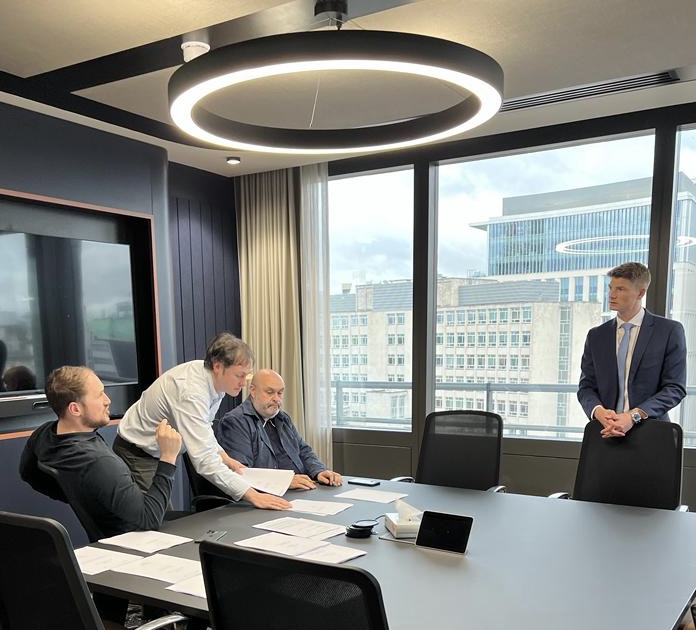The blue planet’s growing thirst for water and water resource management expertise creates new opportunities for specialist UK businesses, consortia and joint ventures of all complexions and sizes keen to raise their global profile as international links assume a new post-Brexit importance.
Water isn’t one of the world’s scarce commodities. However, it has a bad habit of turning up in the wrong place at the wrong time, proving very expensive, or being too salty.
The result is growing political, social, technical and commercial tensions, with warnings that future water shortages could be more disruptive than financial markets, cyberspace or terrorism threats.
Add climate change impacts, plus displaced communities on the move in search of fresh water, and the mix is toxic.
However, there is also a major sustainable international trade opportunity.
As populations increase, lifestyles evolve and land uses change, professional expertise is wanted over the full water life-cycle – from making the best use of limited rainfall, to providing hygienic drainage, treating water and wastewater to high standards and keeping the environment waste-free.
This puts the UK water industry into pole position, not only for the UK’s 20 main supply companies but also co-operating manufacturers and service experts hunting overseas contracts together.
When entry conditions are demanding, high-quality business data provided by Red Flag Alert can make the tough tendering processes much smoother.
Finding new water resources is not the world’s only problem. Learning how to use what is available with minimum energy inputs and low greenhouse gas carbon dioxide emissions is an equal priority.
Last December, 146 nations submitted proposals to the COP21 UN climate summit in Paris to keep global temperature rises down to a reasonably safe 2 Degrees Celsius, or preferably 1.5. A recent study warns that these targets are already drifting off course. Water is one way in which many nations can deliver on their promises.
Government backing
To meet global opportunities, the Department for International Trade (DIT) offers a range of support services for would-be UK water sector exporters.
This includes help in exhibiting at international trade fairs, workshops and seminars, participation in trade missions, information on known trade opportunities, plus introductions to key decision-makers and potential partners. The department also actively promotes the UK water industry and its supply chain overseas.
10,700 cubic kilometres a year!
Statistics show a disturbing trend. The volume of water mankind uses is staggering in human terms. However, available freshwater only accounts for a very small fraction of the Earth’s total water.
Recent research shows man’s water footprint to be almost 20% larger than initially thought. Changing land and water use, evaporating crop irrigation water and a warmer atmosphere that holds more water vapour are primary culprits.
The original calculation was that human water consumption totals 9,100 km3 annually. We now know that our actual water footprint is closer to 10,700 km3/year. That’s an awful lot of Olympic-sized swimming pools!
Population growth is another crucial factor. Each year, 80 million more people are born than die. By 2030, 40% more water, 36% more energy and 50% more food will be needed.
Agriculture accounts for 70% of the world’s fresh water use. Vegetable diets are relatively water-friendly; meat-eating is not. Some15,000 litres of irrigation water to grow fodder are needed to produce just 1kg of grain-fed beef.
The UN estimates that more than one billion people now live in areas of water scarcity. The World Bank expects this figure to reach 3.5 billion by 2025 – half the planet’s present population.
At least four billion people suffer water scarcity for at least one month every year. An estimated 0.5 billion live where water consumption is twice the annual rainfall. Aquifers are exploited to make up the difference.
But aquifers the world over are in trouble too, putting more people and lifestyles at risk in China, India, Australia, California and, perhaps surprisingly, London.
As the UK capital sinks and sea levels rise, experience gained elsewhere in aquifer management and artificial storage systems, such as dams and tidal lagoons, could help with better control of the Thames catchment, perhaps involving much more underground storage in and around London.
The trouble with water …
Data shows that world groundwater extraction has increased by 1% every year since the 1980s. The International Panel on Climate Change (IPCC) also warns that for every degree of global warming, an extra 7% of the world’s population face a circa 20% diminution in renewable water resources.
Global leakage figures may seem huge to us but marginal when set against 70% of the earth’s surface being covered by water. Yet 97.5% is salty or brackish. Of the 2.5% freshwater fraction left, nearly 70% is held as polar ice or glaciers. A further 30% is found in groundwater or deep aquifers. Only 1% is readily available in lakes or rivers.
Amazing statistics surrounding Siberia’s Lake Baikal make the situation stranger still. Baikal, the world’s largest freshwater body by volume, holds roughly 20% of the world's unfrozen surface fresh water. It contains 23,615.39 km3 (5,700 cubic miles) of fresh water, more than the North American Great Lakes put together. As the world's deepest lake, its maximum depth is 1,642m – a mile!
Getting our own back
The concept of treating and drinking wastewater might be a step too far for British tastes. Nevertheless, it is a solution already working well in other parts of the world.
Hong Kong’s new Tai Po plant is an example. Designed to supply industrial users, its opening ceremony included the island’s environment minister drinking a token glassful to stress its quality. Domestic users are still connected to conventional supplies.
In India, new legislation makes it compulsory for industrial users to source supplies from recycling plants within a 50-mile-radius to minimise pumping costs.
Singapore has built a barrage to hold back salty water and create the city’s first reservoir – with lessons that could help the Thames catchment.
Elsewhere, the situation is more chronic. California is an example.
The Golden State has approved emergency legislation mandating a 25% drinking water cut in urban areas. Its problem is balancing heavy agricultural demand against dwindling rainfall. A lack of household conservation measures, metering and monitoring makes this difficult. The state’s Supreme Court hears more water resource management cases than any other legal issues.
Constructing 60km of tunnels to move spare water from the north to the parched south with its large agricultural industry is California’s solution. However, opposition from environmental groups has embroiled the multi-billion dollar scheme in the courts. More lawyers’ fees!
Different attitudes
A different emphasis is often needed. Developed countries work best in a framework forcing businesses to value the water they use and calculate their risks. This will probably lead to water footprints being reported like carbon footprints already are.
In contrast, many women in the developing world spend up to a quarter of their time fetching and carrying water, a chore which makes them very mindful of water use at a daily domestic level.
Another disturbing pan-global phenomenon is emerging as water scarcity and money meet head-on. This is ‘virtual water’ where rich countries buy agricultural land in other countries. Repatriating crops is a cheaper option than importing water, or building expensive desalination plants.
Rural communities in Arizona have become very agitated recently about local farmland bought by Saudi Arabian companies, which they say is helping to deplete an ancient aquifer under the desert.
The counter argument is that Arizona is part of the world economy and benefits from billions of dollars’ worth of state income annually. That argument is doing little to placate local opposition and could be a taster of more aggressive confrontations ahead.
Similar water pressures are stoking up violent tensions in Yemen, Syria, Iraq, Afghanistan and other Middle East states.
Sorek – a better water-world
The world’s largest desalination plant, Sorek, in Israel’s parched Negev desert is proving that with technology and sound management techniques the outcome can be very different.
In 2008, Israel faced the worst drought in 900 years. Rather than drilling wells that would eventually run dry at depths of 500 metre like their regional neighbours, Israel turned to a winning formula of careful conservation methods, plus state-of-the-art desalination technologies. Crucially, reverse osmosis innovations at Sorek keep membranes free from the major problem of bio-fouling.
Sorek, along with sister plants at Ashkelon and Hadera, ensure that one of the world’s driest countries gets 55% of its drinking water from desalination at a cost of 58 cents per thousand litres.
Israel’s desalination plants will produce 650 million m3 annually by 2020. The country already captures and reuses 86% of its wastewater for irrigation. Spain holds the second highest record at 19%
The next problem facing Israel is what to do with its spare water. Sorek’s innovators want it to form a ‘water diplomacy’ bridge at a proposed ‘Water Knows No Borders’ conference in 2018, designed to bring together water scientists from Egypt, Turkey, Jordan, the West Bank, Gaza and Israel.
What works in the Negev may have the potential to perform equally well in the rainy UK.
If and when it does so, Red Flag Alert business data could be pivotal in ensuring that the best commercial and technical teams are recruited to deliver further flagship projects and partnerships are formed with financially stable providers and customers, reducing business risk.





